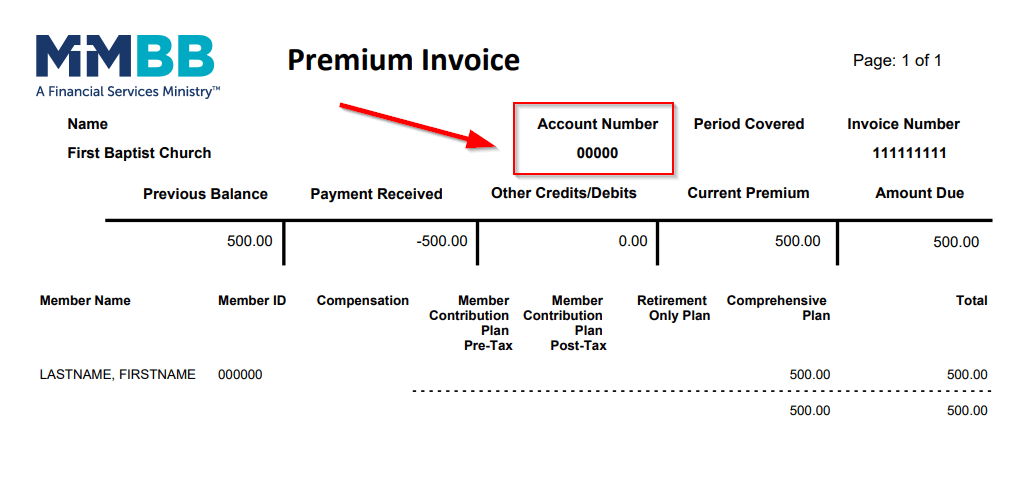Even though the latest news tells us that inflation is slowing, prices are still high. Many of us have already adjusted our spending habits in response to the high prices but it can be frustrating to pay so much for the most basic items in our pantries and refrigerators. Along with inflation, supply chain issues are still impacting the flow of certain goods and products into the marketplace. Yet, these are not the only reasons prices are so high.
Dynamic or competitive pricing also plays a significant role in keeping prices high. According to a recent article in U.S. News and World Report, dynamic pricing can be defined as “a pricing and profit strategy that businesses use to sell to different groups of people, a tactic that’s tied into supply and demand, with a lot of emphasis on demand.”1 It’s common knowledge that when there is less demand for certain merchandise, prices fall and stores offer discounts on those products. Discounts are also offered to specific groups such as seniors and students.
In this sense, dynamic pricing is not a new concept. Most of us have benefitted from it in one form or another. For example, if you’ve ever taken advantage of the early-bird menu at a restaurant when the prices are reduced during slow hours or slow days, then you’ve experienced one way that competitive pricing is used in response to decreased demand.
But with the dramatic rise in online shopping, dynamic pricing has taken on increased significance. In response to the COVID-19 pandemic, consumers increased their dependency on online shopping and e-commerce business. As online shopping has skyrocketed, dynamic pricing is being used to increase revenue and profits by setting prices that reflect the current market conditions and the perceived value of the product or service to the customer. Businesses continuously adjust prices from moment to moment in response to real-time demand. Consumers can pay one price for an item when there is a surplus, but that same item can be more expensive an hour later or even in a matter of minutes when supply has dropped, and demand has increased.
Multiple factors come into play when setting prices including the time of day, the day of the week, the demand for the product or service, the availability of the product or service, and the competition. Businesses utilize computer algorithms to adjust prices in response to what people are willing to pay for a product.
Some examples of dynamic pricing include the surge pricing practiced by some ride-sharing companies, and airlines changing prices based on the number of seats sold. Carried a step further, as online retailers collect data on your preferred brands and products, depending on supply, you could be offered a higher price on an item you regularly purchase because of your perceived willingness to pay more. Another person may be offered a lower price to generate their interest in that same product.
With brick-and-mortar stores, dynamic pricing is responsible for consumers finding higher prices in one neighborhood and lower prices in another when they shop at popular store chains. It’s pretty clear that there are mixed benefits for consumers. On one hand, dynamic pricing can be beneficial for consumers because it can help to ensure that prices are fair and reflective of the current market conditions. One the other hand, it can be unfair and exploitative, but dynamic pricing is here to stay because it increases profits. Ultimately, this means consumers need to be savvy shoppers who are willing to compare prices at several stores and do their own “market research.” If you are not doing so already, you’ll need to shop at more than one supermarket or drugstore chain or more than one website to get the best prices available.
- What Is Dynamic Pricing? | Personal Finance | U.S. News (usnews.com)








 Next
Next
 Next
Next

